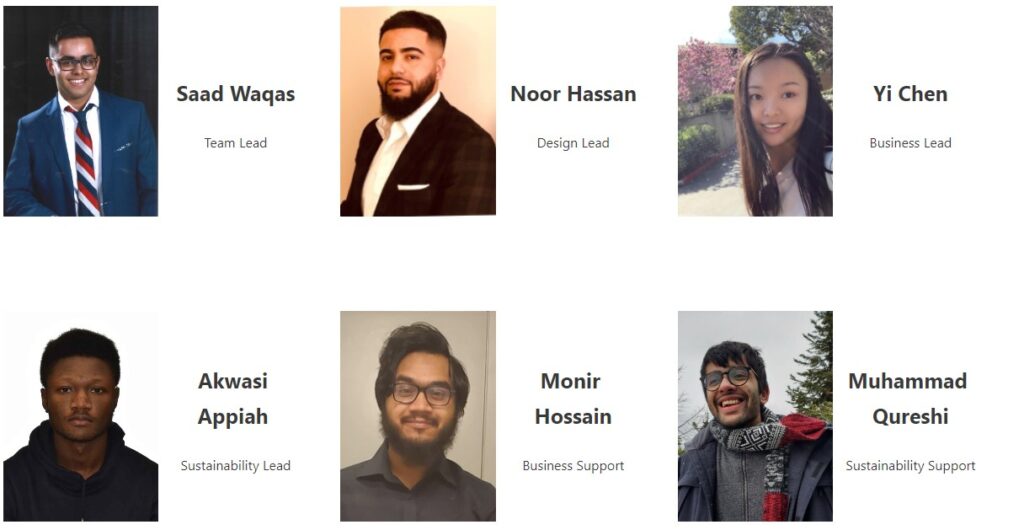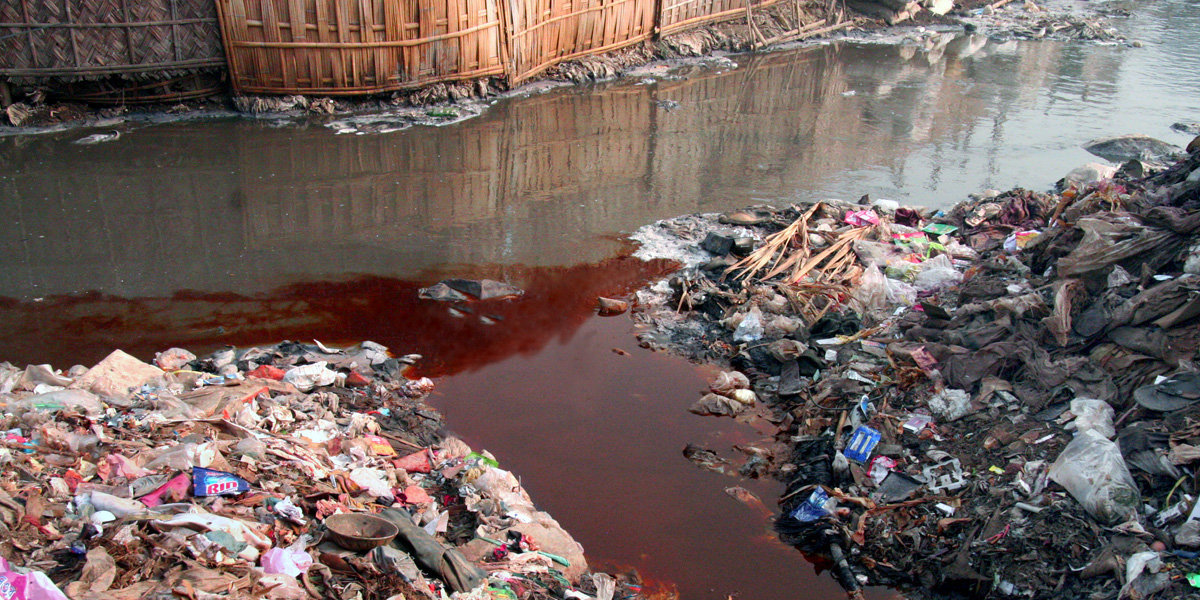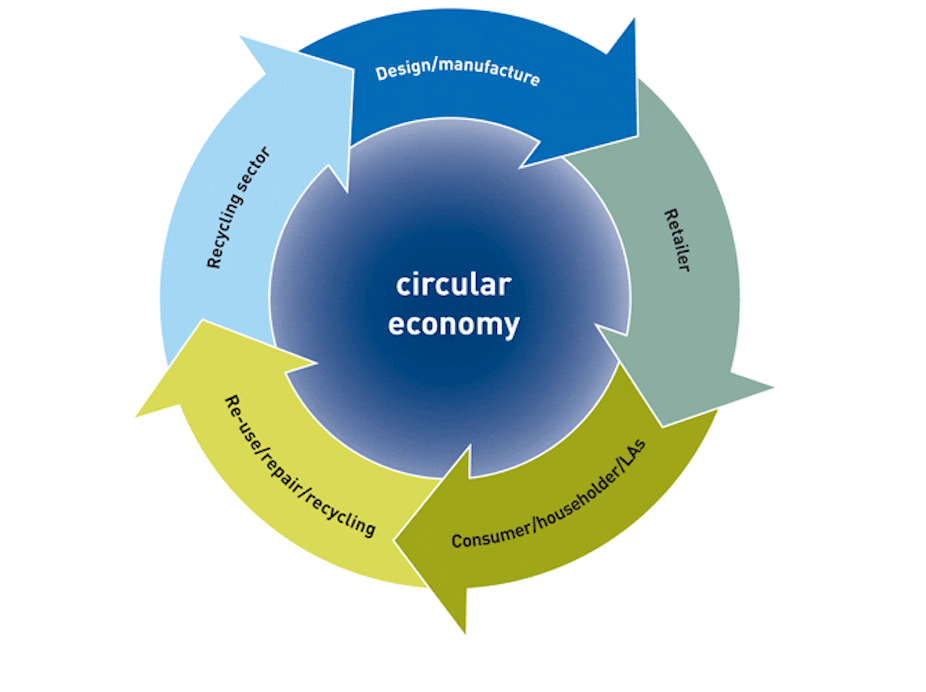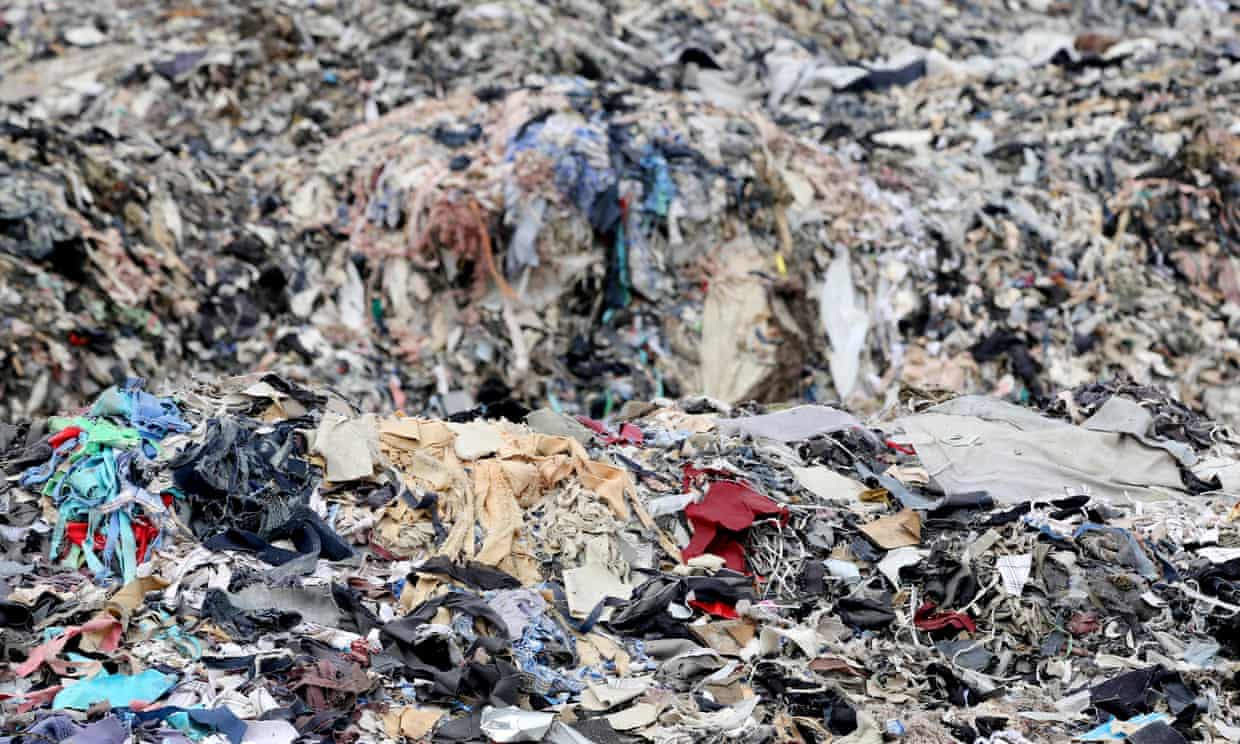Project Category: Entrepreneurial
Join our presentation
About our project
Our project is about building a social enterprise aiming to transform the fashion industry to be circular and decrease the waste generated from the fashion industry. Millions of unsold goods have been destroyed in the extravagant world of the French luxury industry every year and the rise of fast fashion has amplified the destructive effects of clothing on the environment. Our startup, Closet in the Cloud, is a game-changing all-in-one renting platform to eliminate waste and pollution from the design stage and transform the system of production, distribution, and consumption from a linear to a circular economic model. Sourcing from unsold inventory from luxury brands and sustainable brands from all over the world, we create a platform for customers to contribute to the circular economy by renting clothing from thousands of options. Starting from the fashion industry, transformation of people’s lifestyle is the beginning and we want to eventually revolutionize people’s lifestyle by offering a platform for them to contribute to the circular economy.
We provide rentable, sustainable, environmentally friendly clothing for customers in China and we will start testing the market in Hong Kong. We offer both a monthly subscription model and also an ad-hoc to suit customers’ needs. Our state-of-the-art website (see the link below) features a platform where customers can choose sustainable clothing to rent from. Upon placing the order, our custom built supply chain model delivers the clothing from our warehouse to our customers. By renting clothing instead of purchasing them, customers can get high-end designer clothing made with sustainable and durable materials at a fraction of the cost. This saves their wallet and their closet space. Customers wear the clothing to work, a weekend getaway or a night out. Then, they mail back the clothing to us where we eco-clean the clothing. Clothes too worn to rent out again are recycled into raw materials, thereby completing the circular economy.
Meet our team members

Details about our design
HOW OUR DESIGN ADDRESSES PRACTICAL ISSUES
- Unworn Clothing and Textile Waste
- Ever since 2017, China has been overwhelmed by textile waste which contributes 26 million tons of clothing per year. We see a recurring issue with clothing often going unworn after a couple of uses. Specifically high-end, event oriented clothing which only gets used once in a blue moon. In our test market Hong Kong, many people find their wardrobe full but still cannot find suitable clothing for some occasions.
- Unsold Inventory
- In the extravagant world of the French luxury industry, brands used to prefer destroying their unsold goods rather than offering their high-priced products at a discount. With the new anti-waste law came into force in 2020, luxury houses have to manage their stocks more carefully and we offer a platform for them to give the unsold inventory a second life.
- Don’t Break the Bank
- Our target market is specifically the women of Hong Kong as we felt they are typically in a situation where they overspend on apparel. This realization was solidified during our customer discovery research which showed that women spend lots of money on new clothing to try and keep up with new fashion trends, this clothing goes unused after a couple of wears. Rather than buying outright and compromising on the larger sum of money, we are offering Renting as a financial alternative.
- Silent Killer
- The fashion industry contributes a staggering 10% to global carbon emission. Our extensive research has proven these pollutants are a result of lower quality and mass production of cheaper clothing. The lower quality materials used limit the number of uses in every article of clothing, which means customers will have to buy more often. Our circular renting design leads to less production of clothes. We also value environmentally responsible brands and follow elite cleaning procedures to ensure our clothing lasts long.
WHAT MAKES OUR DESIGN INNOVATIVE
- Innovative business idea
- Renting clothing is still a premature market, especially in the Chinese market. Our main goal is to give customers an alternative to staying up to date with fashion. Also , we hold value in providing our customers an executive shopping experience, by involving them directly in the preservation of the environment, with every single rental.
- Focus on Sustainability
- By focusing on sustainability, we can differentiate ourselves from other fashion brands, and attract consumers that want to wear sustainable clothing. We can also charge higher prices because of our emphasis on sustainability.
WHAT MAKES OUR DESIGN SOLUTION EFFECTIVE
- Personal Convenience
- We accommodate many lifestyles and prioritize customer ease. Our business design incorporates easy transactions which saves our customers the hassle of maintaining/cleaning items after use.
- Sustainable Effectiveness
- Our proven business model lessens environmental impact with the circular renting design, as compared to the conventional fashion market of buying merchandise. Unlike the conventional textile industry which focuses on mass production and limiting costs by whatever means necessary, we support sustainable manufacturers and brands.
- Business Effectiveness
- Our business design model is backed with the choice of 3rd party logistics which facilitates a convenient and cost effective delivery process. By involving a 3rd party that specializes in their field, we ensure our customers are in good hands, and will always receive their desired merchandise on time!
HOW WE VALIDATED OUR DESIGN SOLUTION
- Surveys & Interviews
- We took the time to interview frequent travelers and exchange students in Hong Kong – our early adopters.
- They validated our assumption that closet & luggage space is at premium. They were open to renting clothes for special events and when traveling.
- However, from these interviews our target customers switched from those that are price-conscious to those that are style and environmentally conscious. This allowed us to raise our prices and offer higher-end sustainable designer clothing.
- Supply-Chain Review
- Our team member, Yi, who was an exchange student in Hong Kong last semester got her professors to review our supply chain design. We used their insights to optimize our logistics and supply chain.
- Website Testing
- We got software engineering students to test our website for deficiencies.
- Their feedback was used to improve the user interface and back-end of our website.
FEASIBILITY OF OUR DESIGN SOLUTION
- The rental clothing industry in Hong Kong is an emerging industry, there are a lot of small mom and pop businesses but no clear market leaders, allowing Closet in the Cloud to gain market traction.
- Our Financial Forecasting Report estimates that we will become cash-flow positive in our third year of operations allowing us to become a financially stable business.
- Two big players in the clothing renting space in Hong Kong started last year, contributing to the circular economy ecosystem and proving that our idea has business potential.
Partners and mentors
We want to thank the many people who helped us with this project. We thank our capstone course professor Dr. Hamidreza Zareipour for his guidance and leadership. We thank our Technical TA Manuel Lopez for his invaluable advice. We thank our Business TA Cole Thiessen for his counseling. We thank our Academic Advisor Dr. Mohamed Elamien for guiding us through our numerous technical problems. Lastly, we thank our Hunter Hub Launch Pad program coach Isabel Everen for advising us on ways to improve the sustainability of our company.
Our photo gallery




